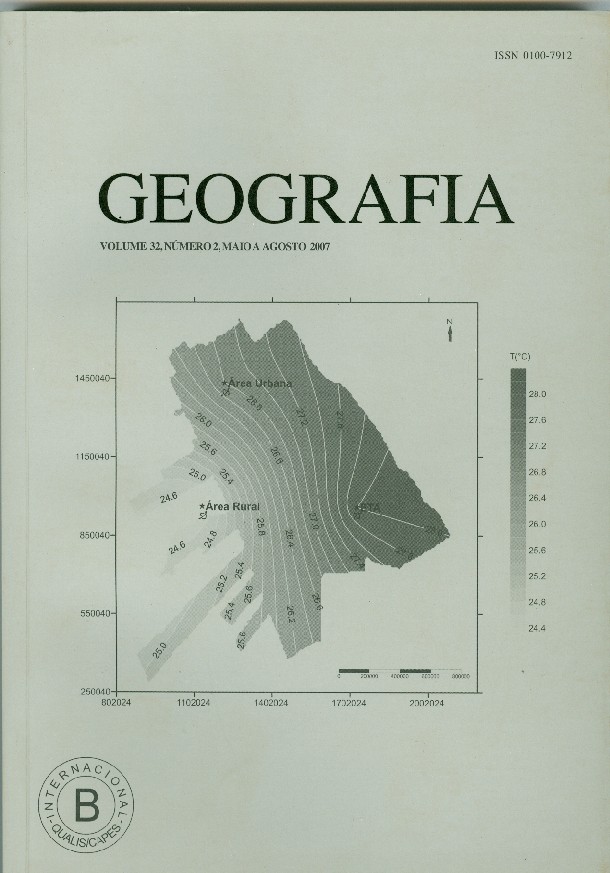Geoprocessing and Remote Sensing tools for thematic maps to help planning in nature based tourism
Abstract
This research seeks the definition and thematic mapping of landscape units and its potential for ecotourism. The area of study includes regions of the municipal districts of Capitólio, São João Batista do Glória and São José de Barra, in the region of medium Rio Grande, in Minas Gerais, Brazil, an area of immense potential for ecotourism. The work was based on the adaptation of the Ecological-Economical Zoning methodology by INPE and the “land units” concept, using remote sensing and geoprocessing techniques. The result of the work is a geographical database that allows consultations not only of the attractions, but also of the environment, through the concept of land unit. The information on the environmental and cultural aspects of the inventoried area were mapped, as a function of the access roads to the natural and/or cultural attractions, using the pictograms suggested by EMBRATUR, the official tourism organization in Brazil. These products can help managers of tourism in their decisions about ecotourism circuits and interpretative trails. Key words: Nature-based tourism. Land unit. Remote sensing. GIS.Downloads
Published
Issue
Section
License
The authors maintain the copyright and grant GEOGRAFIA the right of first publication, with the articles simultaneously licensed under the Creative Commons BY 4.0 License, which allows sharing and adapting the articles for any purpose, as long as appropriate credits and provisions of image rights, privacy or moral rights. Other legal attributions can be accessed at: https://creativecommons.org/licenses/by/4.0/legalcode.en.
Geography, Rio Claro, SP, Brazil - eISSN 1983-8700 is licensed under the Creative Commons BY 4.0 License.





